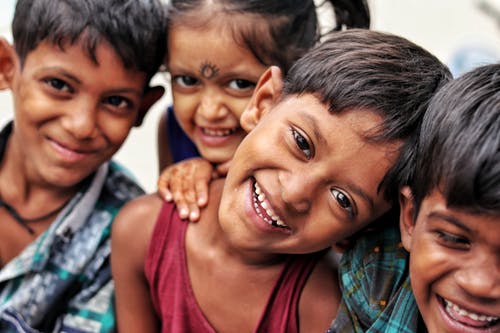Our experts coordinated the project while using an ethnographic embedding approach to evaluation. Nine girl children’s homes in three states were evaluated; six were residential institutions under the brand Rainbow homes providing safe stay and care along with educational linkages with government or private schools and three non-Rainbow Homes. Our team conducted in-depth interviews with program functionaries, one-to-one interviews with children, focus group discussions, key informant interviews, observations and secondary data review analysis. The analysis framework for the standards of care assessment was developed based on the indicators derived from the United Nations Alternate Care Guidelines (United Nations, 2010) and the Juvenile Justice (Care and Protection of Children) Act (2000, amended in 2006). The study provided guidelines for setting up and managing Rainbow Homes within a rights and gender based perspective.

